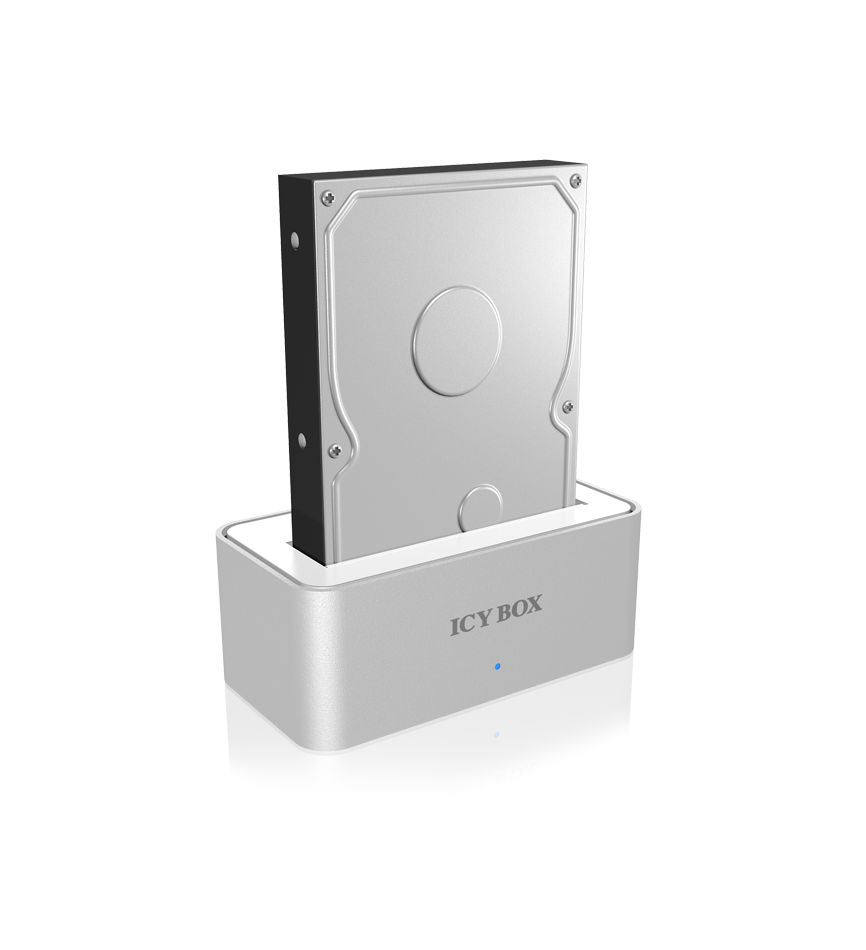Last night I launched the upgrade to Win 10 21H2 and went to bed. I was warned it would take some time and everything would be fine, don’t worry but when I returned to the computer it would not boot anymore, instead I had a nice Blue Screen Of Death with an interesting error message : Kmode Exception Not Handled and QR Code to “show support”.
“Not to worry, I’ll just reboot and relaunch the update”, I thought to myself. Well, not this time….
Not only would the OS not load but there was no way I could get into the recovery partition , so no safe-mode, worse, I could not even boot off USB or DVD : the blue screen came back all the time ! The only option available to me was to get into the BIOS.
I spend hours trying to understand what the problem was :
. launching “optimized BIOS” settings
. removing all external USB equipment and booting only with the keyboard attached
. checking the memory modules
. checking the video card
. checking the CPU
. clearing the CMOS
. re-flashing the BIOS
No matter what I did, Windows just would not launch.
After a while I thought there might be a physical problem on the SSD. So I removed the harddisk and installed it onto another working computer as a separate disk… Oopsy, the dreaded blue screen with the useful “Kmode Exception Not Handled” message came back. I removed the SSD and the other computer would boot normally.
I found that the only way I was able to access my SSD content was to use my external docking station 
on my working machine but only plugging it after the machine had already booted ! If I left the docking station on during the boot process, the blue screen would be back. Incredible.
So clearly there was something really nasty going on with that disk but what ? Was there a hardware fault preventing it from booting ? Was it failing ? I always thought that with SSDs a failure would impact the whole disk (unlike the old days of disk platters) and it was more of “either it works or it doesn’t” but I did not want to take any chance. So when I realized I could access the content, I created a sector-by-sector backup of the disk onto another SSD using a cloning software (https://www.macrium.com/reflectfree in my case). Then I ran some diags on the disk, tried to access some files and everything seemed to be fine.
As an experiment I plugged the cloned disk onto my failing computer and …. the Blue Screen was back !
So I started reading a little bit about the Windows 10 boot process and realized that since I was using UEFI the problem was certainly that the Master Boot Record got corrupted somehow (by the windows update process ???). So as a last chance before reinstalling the OS I thought I’d give the “fix-it” option a try….and it worked. This is what I did :
- Locate and remove the EFI partition on my non-working SSD by following this guide : https://www.easeus.com/partition-master/delete-efi-system-partition.html
- Create a Windows installable USB by
- downloading the distro from Microsoft : https://www.microsoft.com/en-us/software-download/windows10ISO (Hint: use a Mac and MS will allow you to download an ISO. If the site detects a PC it will force you to use the horrible Media Creator programme)
- Using Rufus to create a bootable USB with the correct version of Windows : https://rufus.ie/en/
- Boot the computer using the USB installation media.
- On the first screen, press SHIFT+F10 to bring up the command prompt.
- Run the following commands at the command prompt.
- diskpart
- list disk
- select disk # Note: Select the disk where you want to add the EFI System partition.
- list partition
- select partition # Note: Select the Windows OS partition (# number)
- create partition efi size=100
- format quick fs=fat32
- assign letter=s Note: you will need this letter in the last step
- list partition
- list volume Note: write down the volume letter where the Windows OS is installed, you will need it in the last step
- exit
- bcdboot X:\windows/s S: /f UEFI Note : Replace “X” with the volume letter of the Windows OS partition that you wrote down above
And… it worked ! I reinstalled the SSD in my computer and everything was fine after that.
I relaunched the 20H1 update and this time it went through. A shame I lost a day in the process….



 Posted by lifedigital2010
Posted by lifedigital2010